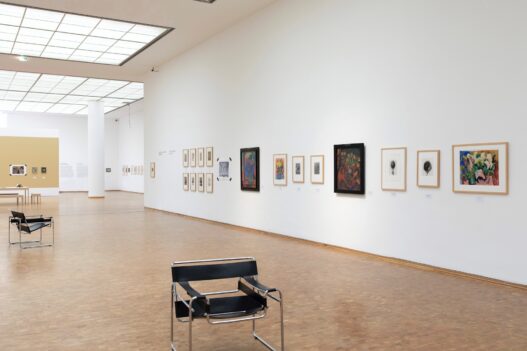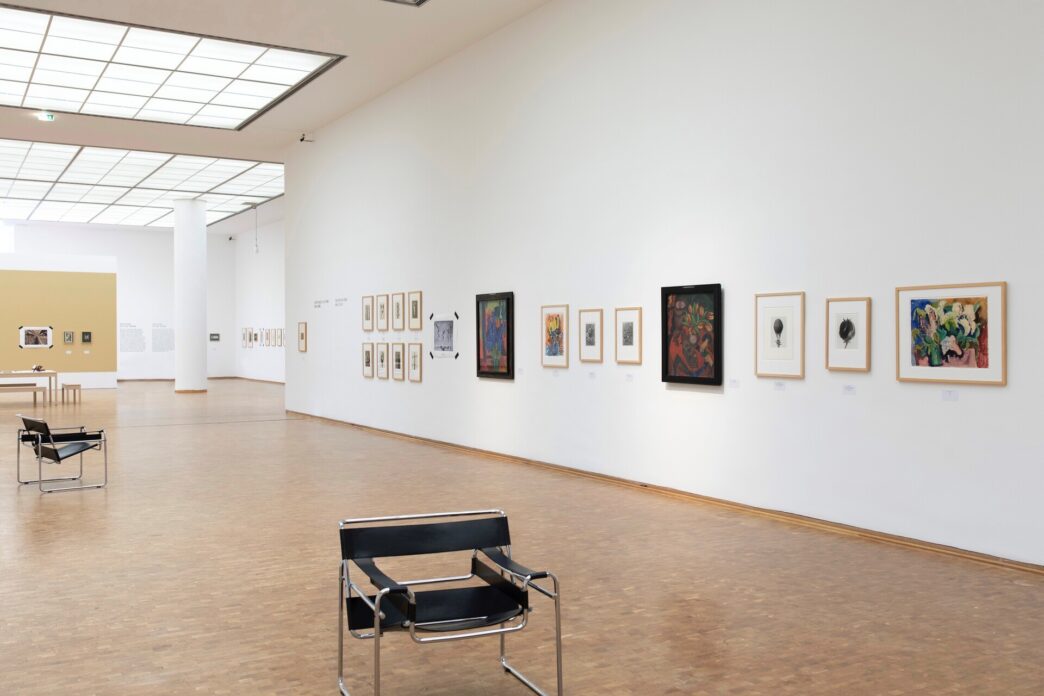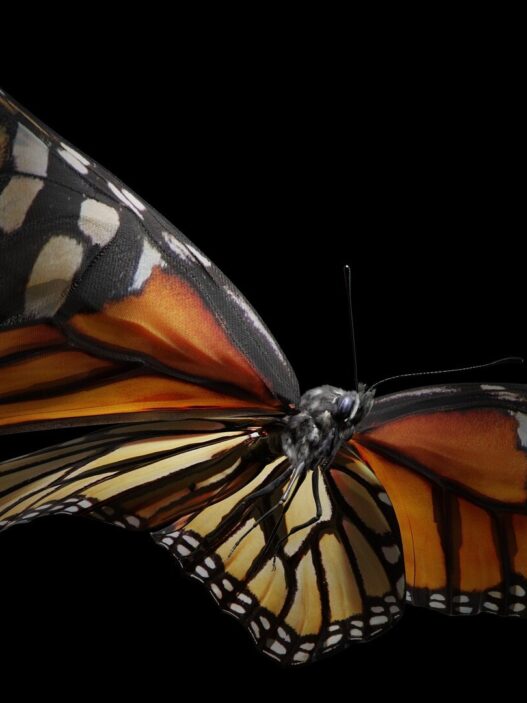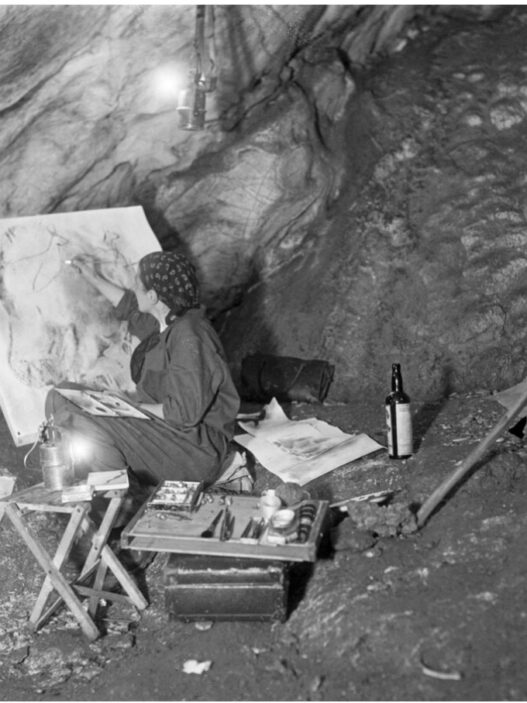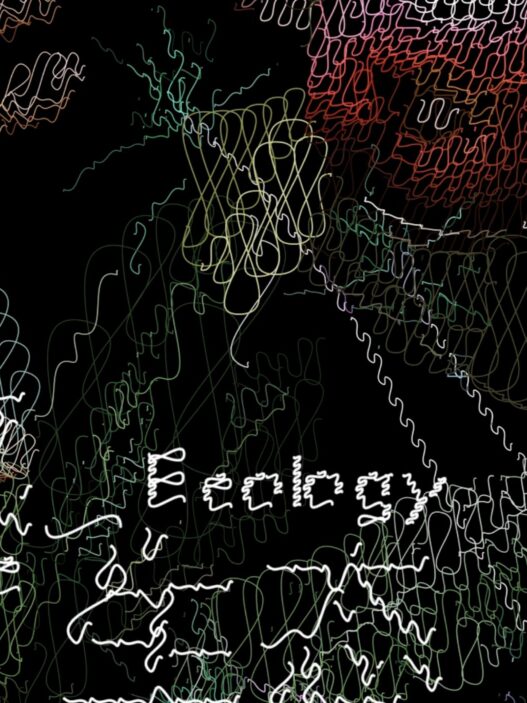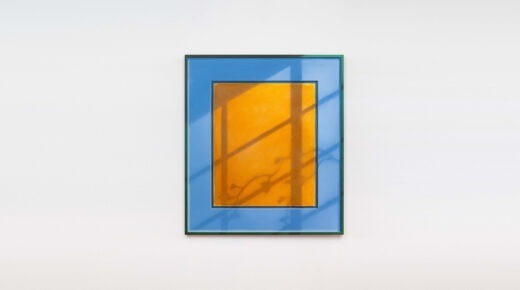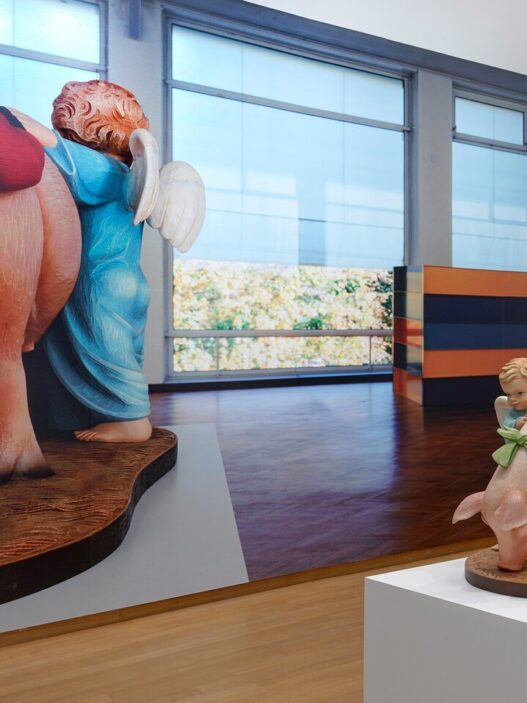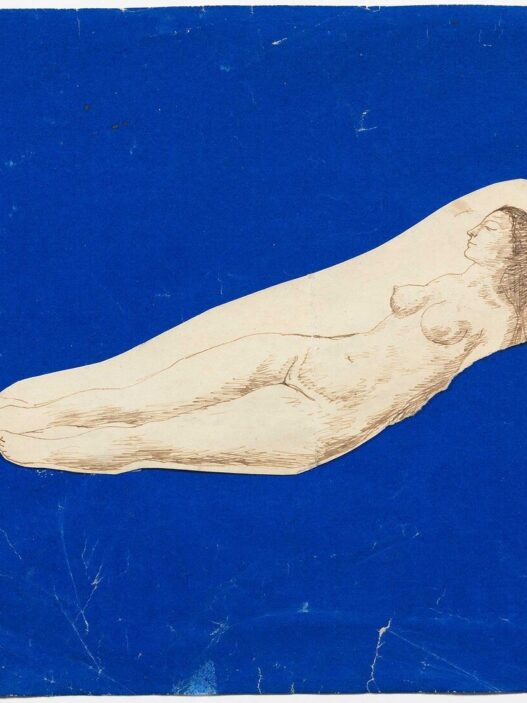September 17, 2022–January 22, 2023
What do plants represent to people? The early 20th century is the setting for the exhibition Green Modernism: The New View of Plants, which explores how plants were portrayed in the visual arts and how people perceived them in botany and society at large. Since they always attest to the paradoxes, fears, longings, and ideologies of the modern age, potted plants in images and botanical reports are never as clear as they would seem at first look.
The Plant as the other
Cactuses were “hunted” in the Americas at the turn of the 20th century in order to be cultivated and sold there. In this way, the cultivated, sung-about, documented, and depicted inside gardens were colonial gardens. Modernists stuffed their homes with cacti, rubber trees, and other plants that could only flourish outdoors in warmer regions. Aenne Biermann took photographs of her personal cactus collection, and Rosa Schapire, an art historian, had Karl Schmidt-Rottluff create a “cactus home” for her.
The appropriated plant
After 1918, the New Woman continued to honor Flora, the goddess of flowers, by dressing in floral prints. Flowers continued to be prominent in fashion—and underneath people’s clothes, specifically as tattoos—during a period of rising “gender disorder,” when short hair no longer distinguished a woman’s sexual identity and Magnus Hirschfeld performed gender reassignment surgery.
The plant as form and color
The names and purposes of plants didn’t interest photographer Karl Blossfeldt. He shot the plants, frequently to the point of nonrecognizability so that craftspeople might use them as models for their creations, and then he pruned them to expose their shape. Others have utilized flowers, like the lethal larkspur, to lend a splash of color to paintings, like the artist Karl Schmidt-Rottluff.
The plant as relative
Photographs of plants taken under a microscope and time-lapse videos intrigued many people, including the philosopher Walter Benjamin. The movie Das Blumenwunder, which featured plants in a novel way, drew large crowds to theaters. It is not surprising that horror fantasies concerning plants, such carnivorous plants, can be found in Weimar Republic literature and movies because the lines between lifeforms had grown more permeable.
Eco-curating: sustainable exhibitions
Green Modernism: The New View of Plants is a pilot project in eco-curating for the Museum Ludwig. Yilmaz Dziewior, director of the Museum Ludwig: “I am very delighted that with Green Modernism we are able to make visible some aspects for the first time, how we as an institution, as a team, deal with sustainability. In order to be more transparent and to get into exchanges with our visitors, we are going more into detail about what sustainable possibilities we are trying out and how we produce the exhibition.” This is the continuation of the transition started by the museum’s sustainability team, whose objectives may be seen in the Deutscher Nachhaltigkeits Kodex’s sustainability report (DNK).
Working with its own collection allows the Museum Ludwig to save resources and generate less CO2 because less artwork needs to be sent and packed. However, Green Modernism can exist without original works but not without images from the museum’s own collection. The catalogue will be distributed for free and in an environmentally responsible manner solely online at green-modernism.de. The museum’s in-house carpenters will repurpose or recycle exhibition architecture from prior exhibitions.
Claudia Roth, Commissioner to the Federal Government for Culture and Media, is acting as patron of the exhibition.
The exhibition is sponsored by the Freunde des Wallraf-Richartz-Museum und des Museum Ludwig e.V., the Ministry of Culture and Science of the State of North Rhine-Westphalia, the Peter and Irene Ludwig Foundation, the Karin and Uwe Hollweg Foundation, the Landschaftsverband Rheinland (LVR), and Sparkasse KölnBonn.
Curator: Miriam Szwast, advised by Suzanne Pierre
Museum Ludwig, Cologne
Heinrich-Böll-Platz
50667 Cologne
Germany
Hours: Tuesday–Sunday 10am–6pm
T +49 221 22126165
info@museum-ludwig.de









